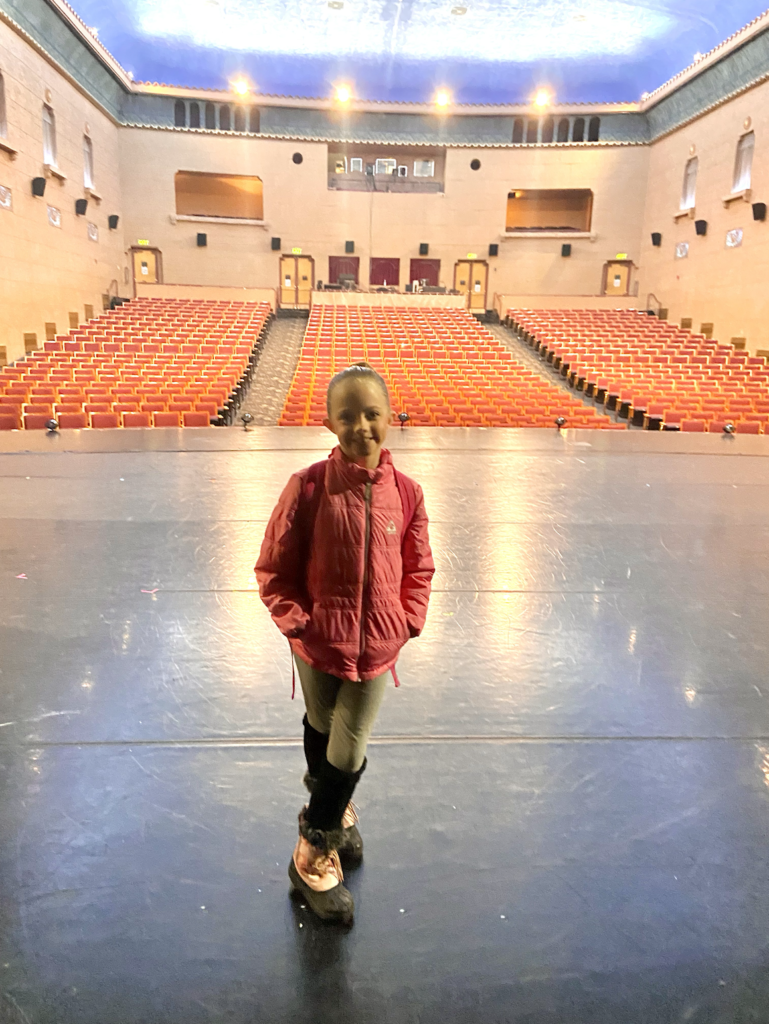The 5 Elements of a Well-Rounded Piano Education
If you consider all the many things a piano teacher must teach their students, I believe that it all boils down to five areas. These are the main elements of a piano education, and a great way to structure a lesson and a curriculum. Using these as a basic structure has helped me become more organized as a teacher. As you’re planning lessons for students, choosing activities and concepts within each of these five areas will help your students to become well-rounded, good musicians!
Theory Instruction – How Music Works
Music is a language! We are teaching our students how to read and communicate in this language, and they must understand it. Everything from notes and rhythms to keys, chords and scales, inversions, chord functions in a key, and so much more, make up music theory. An understanding of how music works is imperative as we train great pianists!
Technical Instruction – How to Play
Understanding notes and keys and chords is important, but then we must take that knowledge and put it into action. Teaching our students how to play the piano includes teaching them how to play scales and chords, and the proper way to play physically with their fingers, hands, wrists, and arms. There should also always be a musical goal for every technique we teach them.
Repertoire – What to Play and How to Practice
We put theory understanding and technical skills into practice with the pieces that our students learn! Not only is it important to choose great repertoire to motivate and inspire our students and to help teach them technical and musical skills, but we must teach them how to practice well.
Creative Skills – Making Your Own Music
Though you could argue that you can stop after the first three elements (and many traditional piano lessons often did), I believe that to create great musicians we must teach our students how to synthesize all of the knowledge and skills they have learned and put that into creating their own music! It’s important to get off the written music sometimes and create. Whether this be through composition, improvisation, harmonization or arranging, this is such an important part of being a musician.
Listening – Ear Training, Appreciating & Loving Music
Lastly, but importantly, we are training musicians who make music – so of course we need to practice listening! This could include ear training, sound production, music appreciation and music history. Instilling a love of music is so important if we want our students to be lifelong musicians.
I encourage you to find ways to include all five of these areas into your lessons!




























